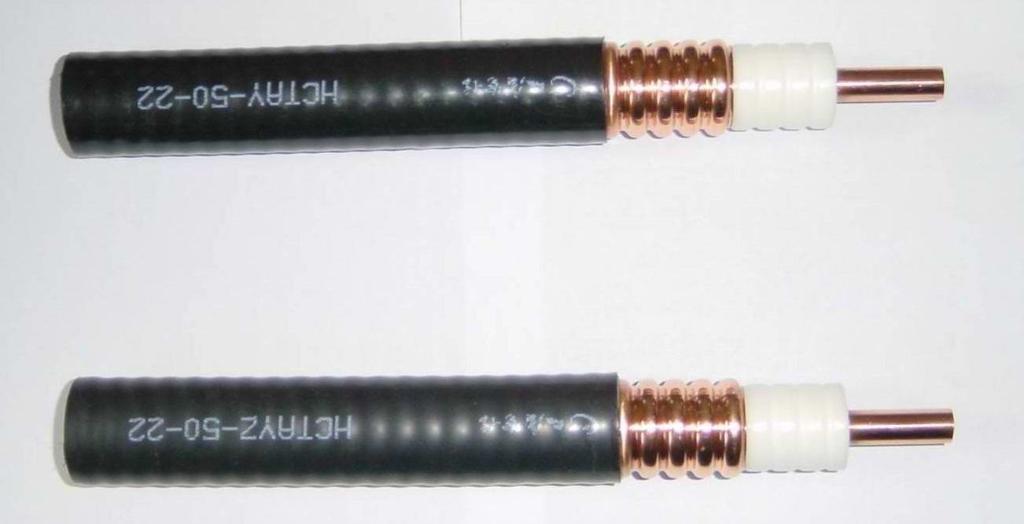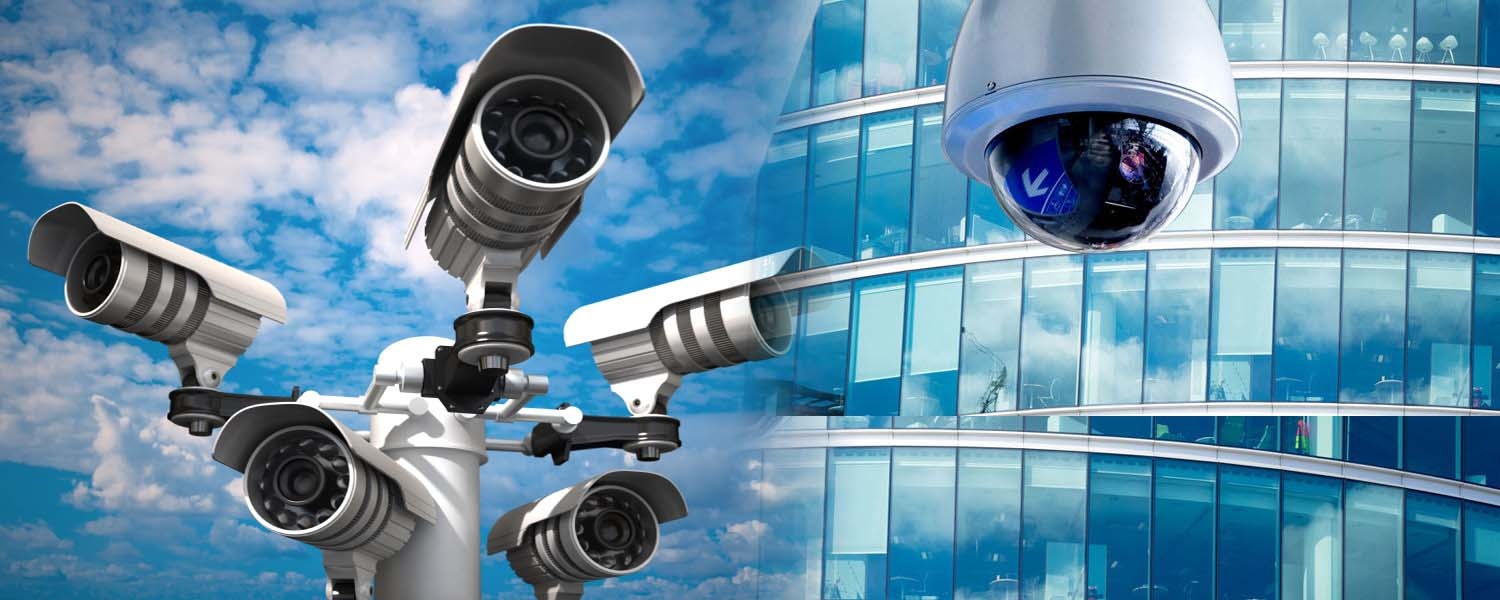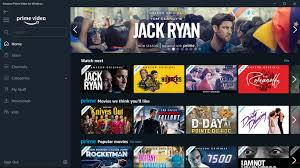Leaky cable, also known as leaky feeder cable, plays a crucial role in providing consistent and reliable signal coverage in environments where traditional communication methods fall short. This specialized cable is widely used in underground mines, tunnels, large buildings, and other complex areas where typical antennas struggle to maintain signal strength. This article delves into the structure, applications, benefits, and considerations surrounding leaky cables.
What is a Leaky Cable?
A leaky cable is a type of coaxial cable designed to “leak” or radiate signals along its entire length. Unlike standard coaxial cables that are fully shielded to prevent signal leakage, leaky cables are intentionally designed with gaps in their shielding. These gaps allow the signal to radiate outwards, providing consistent coverage over a defined area.
The unique construction of the leaky feeder cable includes an inner conductor, dielectric insulator, and an outer conductor with small apertures. These apertures are evenly spaced along the cable, enabling the controlled release of radio frequencies. The result is a cable that acts as both a transmission line and an antenna, making it ideal for environments where continuous signal coverage is essential.
Applications of Leaky Cable
Leaky feeder cables are used in various applications where reliable communication is critical, particularly in environments where traditional antennas are ineffective. Some of the most common uses include:
- Underground Mines: Communication in underground mines is challenging due to the complex and enclosed nature of the environment. Leaky cables are extensively used in mines to maintain clear and consistent communication between workers, ensuring safety and operational efficiency.
- Tunnels: In tunnels, the confined space and surrounding materials can cause signal degradation, making it difficult for wireless communication devices to function properly. Leaky feeder cables are installed along the length of the tunnel, providing continuous coverage for emergency services, train communication systems, and other essential operations.
- Large Buildings: In large commercial buildings, maintaining reliable communication across multiple floors and through dense materials can be challenging. Leaky cables are often used in such environments to ensure consistent signal strength for two-way radios, cellular networks, and Wi-Fi systems.
- Railways and Subways: Railways and subway systems rely on uninterrupted communication for the safety and coordination of train movements. Leaky feeder cables are installed along tracks and tunnels to provide continuous coverage, allowing for clear communication between trains, control centers, and emergency services.
- Elevators and Shafts: In tall buildings, elevators and shafts often experience signal loss due to their enclosed and vertical nature. Leaky cables can be installed in these areas to maintain reliable communication, especially for emergency services.
Benefits of Leaky Feeder Cable
The leaky feeder cable offers several advantages that make it indispensable in certain environments:
- Continuous Signal Coverage: Unlike traditional antennas, which provide signal coverage in specific areas, leaky cables offer continuous coverage along their entire length. This feature is essential in environments where consistent communication is necessary for safety and efficiency.
- Enhanced Signal Penetration: The design of the leaky cable allows it to penetrate dense materials, such as rock, concrete, and metal, which would typically block or weaken signals. This capability ensures that communication devices can operate effectively even in challenging environments.
- Versatility: Leaky cables can be used for various communication systems, including two-way radios, cellular networks, Wi-Fi, and emergency services. Their ability to support multiple frequencies makes them a versatile solution for complex environments.
- Safety: In hazardous environments, such as underground mines and tunnels, reliable communication is critical for ensuring the safety of workers and operations. Leaky feeder cables provide the necessary coverage to maintain clear communication, enabling quick response to emergencies.
- Ease of Installation: Leaky cables are relatively easy to install and can be customized to fit the specific needs of the environment. They can be installed along walls, ceilings, and other surfaces, providing flexibility in deployment.
Considerations When Using Leaky Cable
While leaky cables offer numerous benefits, there are several factors to consider to ensure optimal performance:
- Frequency Range: Leaky feeder cables must be chosen based on the specific frequency range of the communication system. Ensuring compatibility with the intended application is crucial for achieving the desired signal coverage.
- Cable Length: The length of the leaky cable directly impacts its performance. Longer cables may require signal boosters or repeaters to maintain consistent coverage. Proper planning and installation are necessary to avoid signal loss or degradation.
- Environmental Factors: The environment in which the leaky cable is installed can affect its performance. Factors such as temperature, humidity, and exposure to chemicals must be considered when selecting and installing the cable.
- Maintenance: Regular maintenance is essential to ensure the continued performance of leaky feeder cables. Inspections and testing should be conducted to identify and address any potential issues, such as wear, damage, or signal loss.
- Cost: While leaky cables provide significant benefits, they can be more expensive than traditional coaxial cables. However, their advantages in specific environments often justify the investment, especially when safety and communication are critical.
Conclusion
Leaky cables are a vital component in environments where traditional communication methods fail to provide reliable coverage. Their unique design, which allows for continuous signal radiation along the cable’s length, makes them indispensable in underground mines, tunnels, large buildings, and other complex areas. By offering enhanced signal penetration, versatility, and ease of installation, leaky feeder cables ensure consistent and reliable communication in challenging environments.
Understanding the benefits and considerations associated with leaky cables can help in selecting the right solution for specific applications, ultimately improving communication, safety, and operational efficiency.




